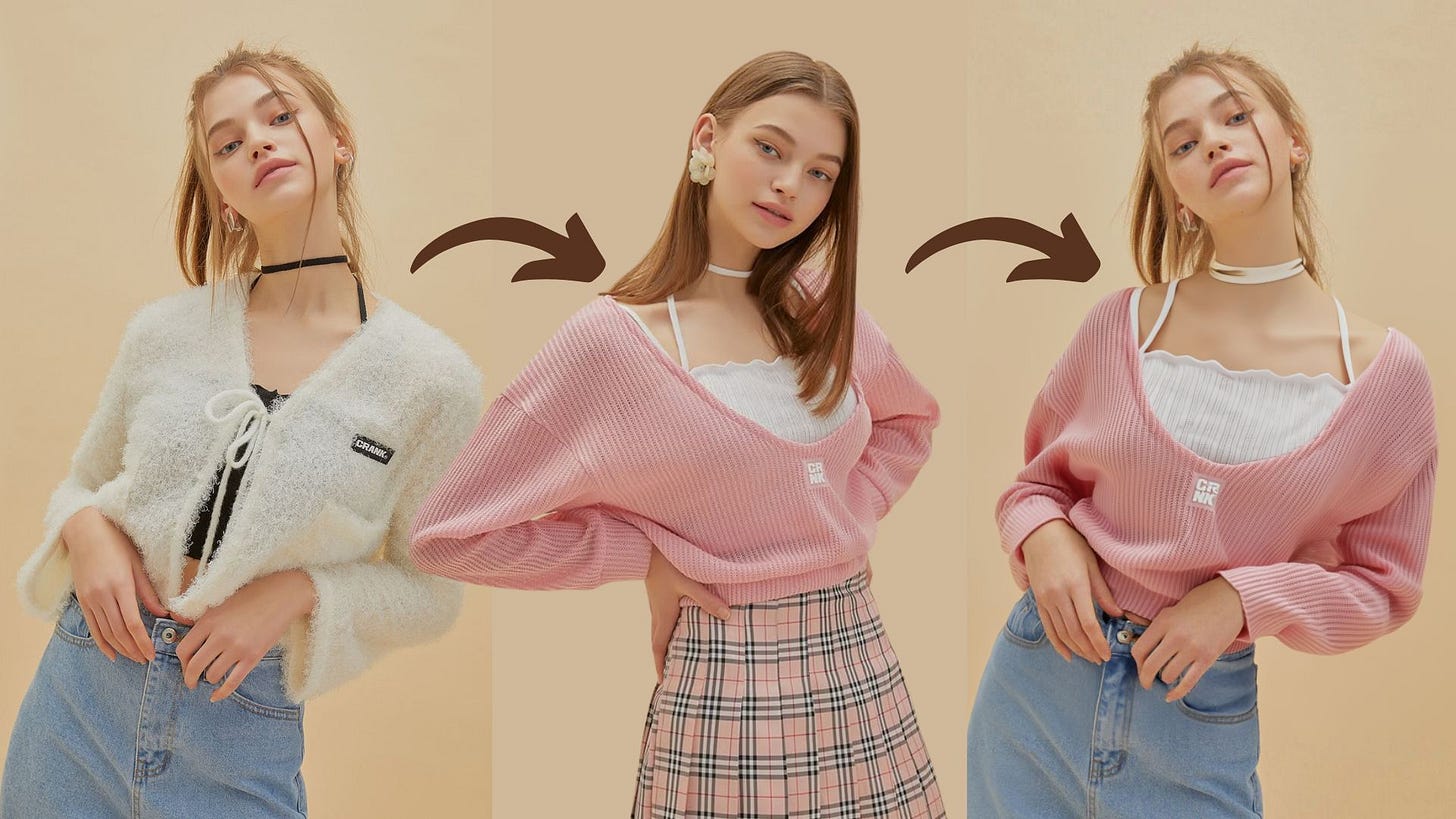Try Any Outfit on Anyone With This AI Tool
Flux Labs AI just released an improved version of its virtual try-on feature. Here's a step-by-step guide on how to overlay clothes onto a photo, creating a virtual “try-on” experience.
In the past couple of days, I’ve been working hard upgrading the virtual try-on feature of Flux Labs AI.
If you’re not familiar with it, virtual try-on is a tool that lets you see how a piece of clothing would look on someone without needing to actually wear it. It uses AI to overlay clothes onto a photo, creating a virtual “try-on” experience. You just …
Keep reading with a 7-day free trial
Subscribe to Generative AI Publication to keep reading this post and get 7 days of free access to the full post archives.


